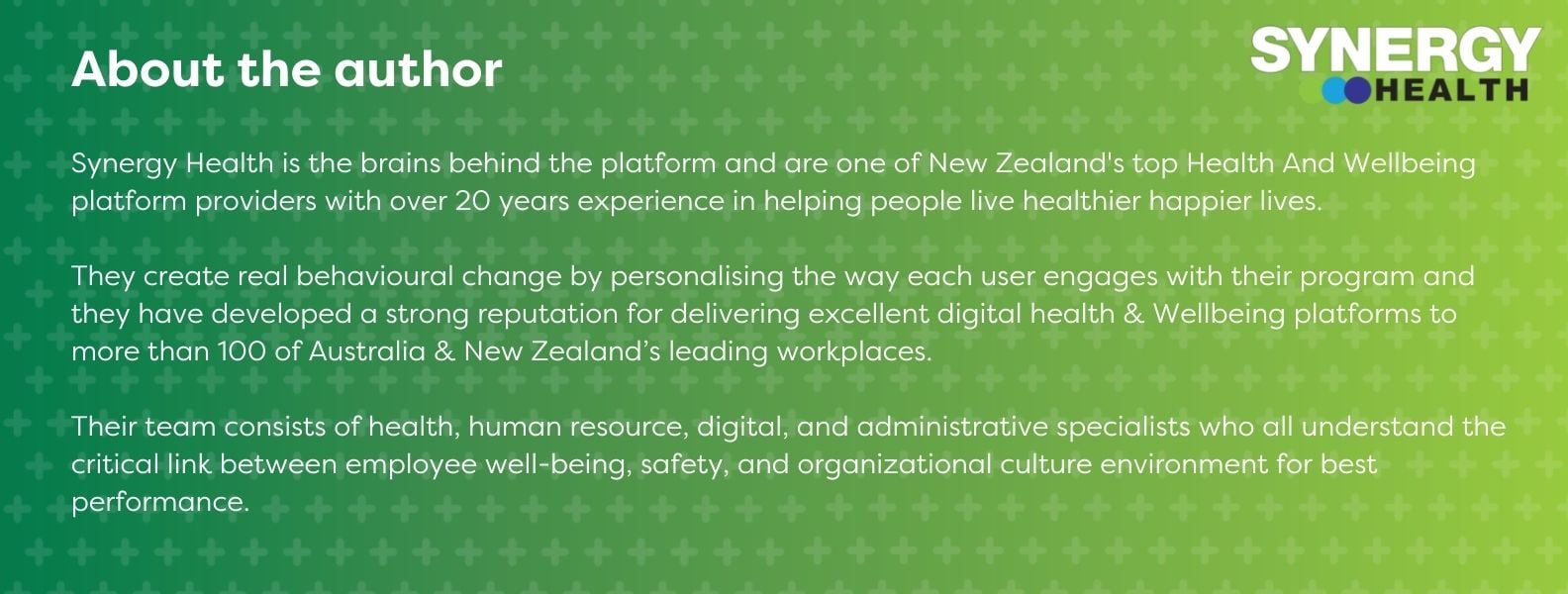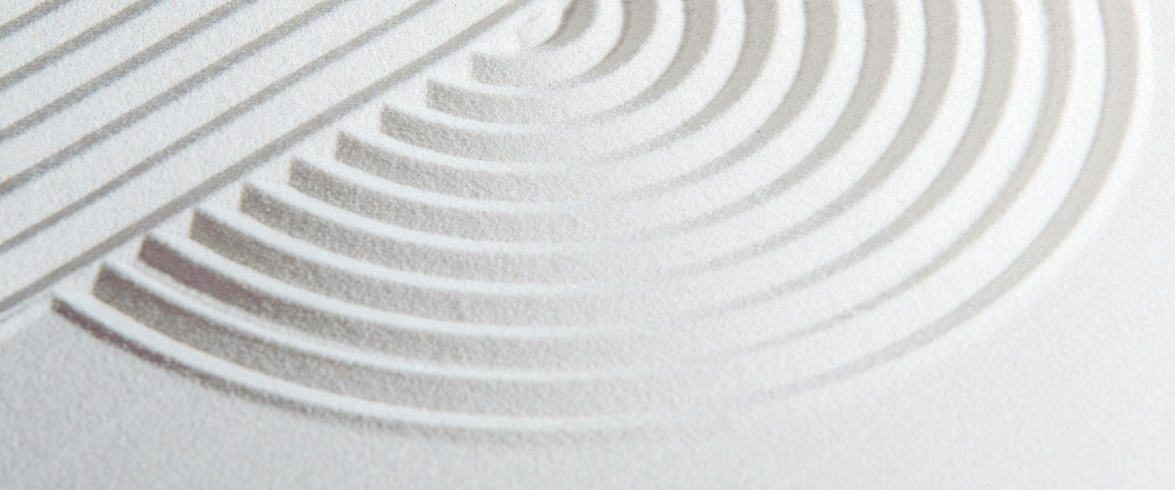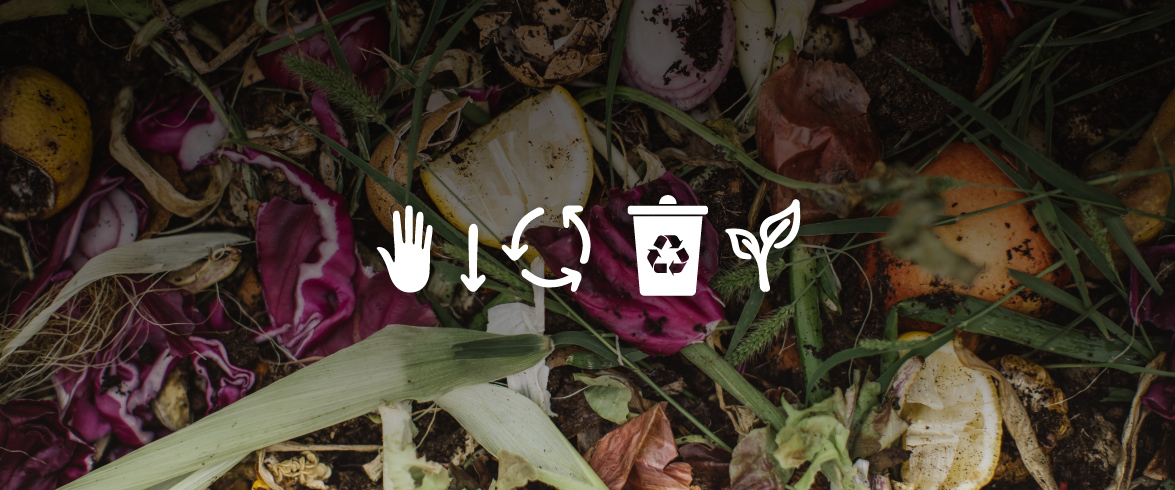Synergy Health are the team behind GoodForYou - your personalised wellbeing program that provides the tools and support you need to improve your health and mental wellbeing. They have a wide, varied and constantly growing range of wellness resources for you to access from their group of experts. Whether it's fitness, diet, sleep, social connection or competition, they take a holistic approach to getting the most out of life.
We regularly feature articles from The Synergy Health team and here they've created a series of articles that will help us stay safe and well this summer.
After a week in the office, there’s nothing better than spending the weekend outside in the sun. Many of us who are keen to develop our summer tan make the mistake of getting too much sun, too soon. We need to ease our poor pale skin back into the sunshine to avoid the pain and shame of turning up on Monday looking like a cherry tomato.
There is also a much greater risk of melanoma with high doses of sun exposure occasionally (i.e. during a weekend/holiday or recreational activity) than with more continuous sun exposure, such as daily work outdoors. Sunburn at any age also increases our risk of melanoma later in life, and sadly we have the highest incidence rates of melanoma in the world with two out of three Australian's diagnosed with skin cancer by the time they are 70. In New Zealand, 400 kiwis lose their life to the most prevalent form of skin cancer, melanoma annually. For more information on melanoma, refer to our article, Melanoma Awareness.
Antipodeans need to be ultra sun smart as the southern hemisphere has very strong levels of potentially harmful UV rays from the sun thanks to our proximity to Antarctica and its thin and patchy ozone layer. This, coupled with the fact many of us have a very fair-medium skin tone thanks to our Scottish and Irish heritage, makes us prone to high levels of sunburn and melanoma as a population. While you may have learned the old age, slip, slop, slap rule at school, it has evolved.
Before we dive into the specific safety tips, it's important to note that if you avoid sun exposure entirely and don't get adequate sunlight, you're going to be at risk of becoming vitamin D deficient. To get adequate sunlight, you can aim to get up to 15 minutes of sun exposure on your skin at a time of day when the sun is directly overhead. This may seem to contradict the safety tips below, but we make vitamin D from UVB radiation.
Unless the sun is nearly directly above us, we won't make much vitamin D because the UVB levels won't be high enough. However, the higher the sun is, the less time you need to spend in it to produce vitamin D. You should never justify getting a sunburn with "I'm just getting some vitamin D!"
SUNSMART TIPS
- Slip - If you are going to be outside all day, slip on a long sleeve shirt and pants or at least take one with you so you can avoid exposing your skin to the sun.
- Slop - If you're planning to spend more than 10 -15 minutes in direct sun exposure, slop on sunscreen at least 20 minutes before being out in the sun, so it gives it time to absorb. Try to reapply every two to three hours if you can and seek help for those hard-to-reach places. If you are going in the water, make sure you choose waterproof sunscreen and still reapply once you are out of the water. For more advice and details on choosing the right type of sunscreen/sunblock, read our article on ‘Best Sunscreens’.
- Slap - If you're out in the sun for a while, you should slap on a wide-brimmed hat such as the Fedora hat this summer, and not only will you be ultra-fashionable but you will be protecting your precious skin too.
- Wrap - Direct sun exposure on your eyes first thing in the morning is a great way to help you wake up and sync your circadian rhythm. But outside of morning, and after about 15 minutes in the sun, you should wrap on a pair of 100 percent UV protection sunglasses to protect your eyes from damage from the sun and the development of that awful appearance of crows feet, the wrinkles around your eyes later in life.
WE ALSO SUGGEST THE FOLLOWING ADDITIONS TO THE RULE:
- Slurp - A water bottle is your best friend in summer, it needs to go everywhere with you. Fill it up with ice in the morning for a refreshing drink and make sure you drink when you're thirsty, so your skin is hydrated and protected. If you're spending all day in the sun you may need to drink a little more than your level of thirst would indicate. Individual hydration requirements are different for everyone, and therefore it is hard to give a precise recommendation, especially in the summer months. Try to use your urine as a guide as urine should be pale yellow if it is dark yellow, you need to drink more water. If you feel thirsty or have a headache, you may already be dehydrated. If you are exercising, then you will need to pay careful attention to how thirsty you get and drink accordingly. For more advice, read our article, 'Hydration During the Summer Months'.
- Slide - Protection is especially important during the time of the day when UV radiation is highest (UV level of three or higher). Once you've had your 10-15 minutes to make vitamin D, it's important to slide into some shade. The time of day will be between 10 am and 4 pm during daylight saving months.
- For further advice, watch our Sunsmart video.
To read all the articles in the summer wellness kit make sure you Login or Register to GoodForYou - our Health & Wellbeing Program. It is Free for all HealthCarePlus and UniMed policyholders.
If you are not a HealthCarePlus policyholder, you can join one of our three day-to-day health plans or the Hospital Select plan to get Free access.




